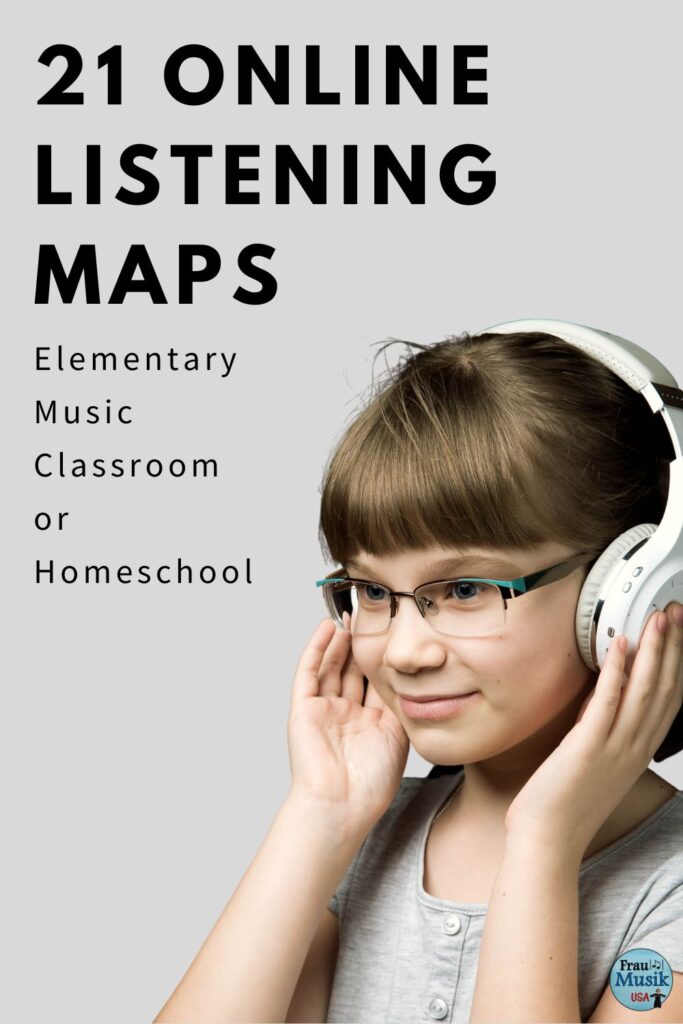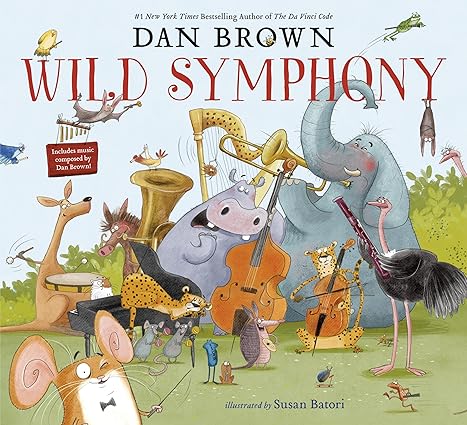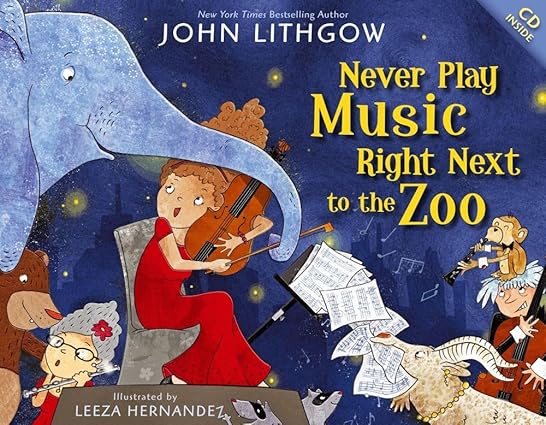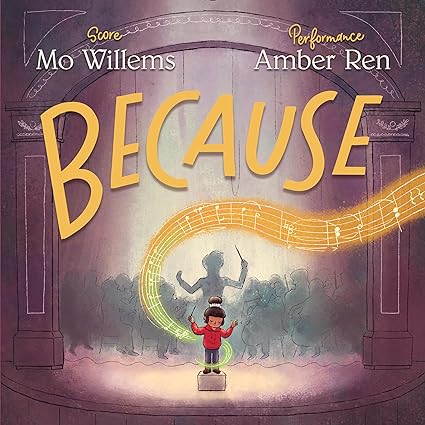21 Listening Maps for Music Classes that Students Will Love
Listening maps for music are perfect for elementary students to learn about melodic contour, texture, form, style, and other elements of music.
Some of the links on our site are affiliate links. If you click on a link and make a purchase, we may earn a small commission.
Do you need ways to integrate more Classical music into your elementary music classroom? Listening maps are the perfect way to engage elementary music students and help them learn about melodic contour, texture, form, style, and other elements of music.
Listening maps can also help students learn about the instruments of the orchestra and band.

What’s in this post? Click to open the Table of Contents
Versatile Listening Maps May Be Used for Multiple Grade Levels
Listening maps are easy for teachers to assign and students to use in the classroom, for homeschool, or even for sub lessons. For accountability, students can write a short reflection, answer a few simple questions about the piece, or even create their own listening maps.
Some of these listening maps aren’t in English, but that’s not a problem. The music and graphic representations transcend the small amount of language.
Share this post to help other elementary music teachers find these quality listening maps. Enjoy!
Types of Listening Maps
We’ve classified these listening maps into 5 basic categories. Each category focuses on a different aspect of music.
- Instrumental Focus
- Graphic Listening Maps – Melody
- Graphic Listening Maps – Texture
- Form
- Style
Students are already exposed to plenty of animation for entertainment, and they often overlook the music in those videos. Because of this, I avoid using animated, entertainment-only listening maps in the music classroom.
Below are several different listening maps for your elementary music classroom.
Listening Maps with an Instrumental Focus
The following listening maps highlight the instruments in each piece. This helps students learn the tone color and timbre of the instruments of the orchestra and band.
Fanfare of the Common Man, Aaron Copland

Theme from Star Wars, John Williams

Guide to the Orchestra, Britten

Graphic Listening Maps – Melody
These graphic listening maps are some of our favorites. They fall into two basic subcategories – melody and texture. The melody listening maps follow the musical contour of the melody while the texture maps are a visual representation of all of the notes in the piece. Both types help students make sense of what they’re hearing.
Morning (Peer Gynt), Grieg

Cello Suite #1, Bach

Ode to Joy, from Symphony #9, Beethoven

Graphic Listening Maps – Texture
These graphic listening maps are also among our favorites! They help students identify the melodic and harmonic lines. The concept of texture becomes visual as well as auditory. These visual representations make it easy for students to identify thick or thin textures.
Moonlight Sonata, Beethoven

Clair de Lune, Debussy

Dance of the Sugarplum Fairy, Tchaikovsky

Aquarium (Carnival of the Animals), Saint–Saëns

William Tell Overture, Rossinni

Symphony #5, Beethoven

Tocatta & Fugue in D Minor, Bach

Listening Maps – Form
Listening maps also make it easy for students to identify the form of a piece. When they see visual representations of sections of a piece that contrast or repeat, the form becomes less abstract and much easier to understand.
3 Little Birds, Bob Marley

The Elephant (Carnival of the Animals), Saint–Saëns

Theme from “The Pink Panther”, Henry Mancini

Listening Maps – Style
Pairing music with visual representations makes it easier to identify styles as well. Listening maps help students describe the character of the piece with descriptors such as smooth, connected, short, disconnected, etc.
It’s fun to compare and contrast two different listening maps of the same piece of music. This post includes two different listening maps of the Star Wars Theme.
Star Wars Theme, John Williams

Blue Danube, Strauss

Fade, Alan Walker

Ride of the Valkyries, Wagner

Conclusion
Classical music still has a place in the elementary music classroom. Add a variety of styles of music and types of listening maps to your elementary music lesson plans. This will appeal to the varied interests of your students and widen their repertoire and knowledge base.
Listening maps are an ideal way to introduce your students to music they wouldn’t hear otherwise.
Share this post to help other elementary music teachers find these quality listening maps.
Other Elementary Music Activities
- 12 Fun Body Percussion Play-Along Videos to Teach Music Rhythm Reading
- Free Elementary Music Distance Learning Activities
- Digital Music Activities for Elementary Students
📚 Featured Storybooks
Introduce your elementary music students to the instruments of the orchestra through storybooks.
Meet the Author
Terri Lloyd is a former elementary music teacher with over 25 years of experience. She holds a Bachelor of Music, a Master of Science in Education, and a Technology Certificate in Instructional Design.
Terri is active in music education through blogging, presenting and attending workshops, and curriculum development. She serves on the music staff at her church and volunteers for an after-school children’s program. Terri is an active musician in the community, performing in a local Big Band, pit orchestras, and various events.




One Comment
Comments are closed.